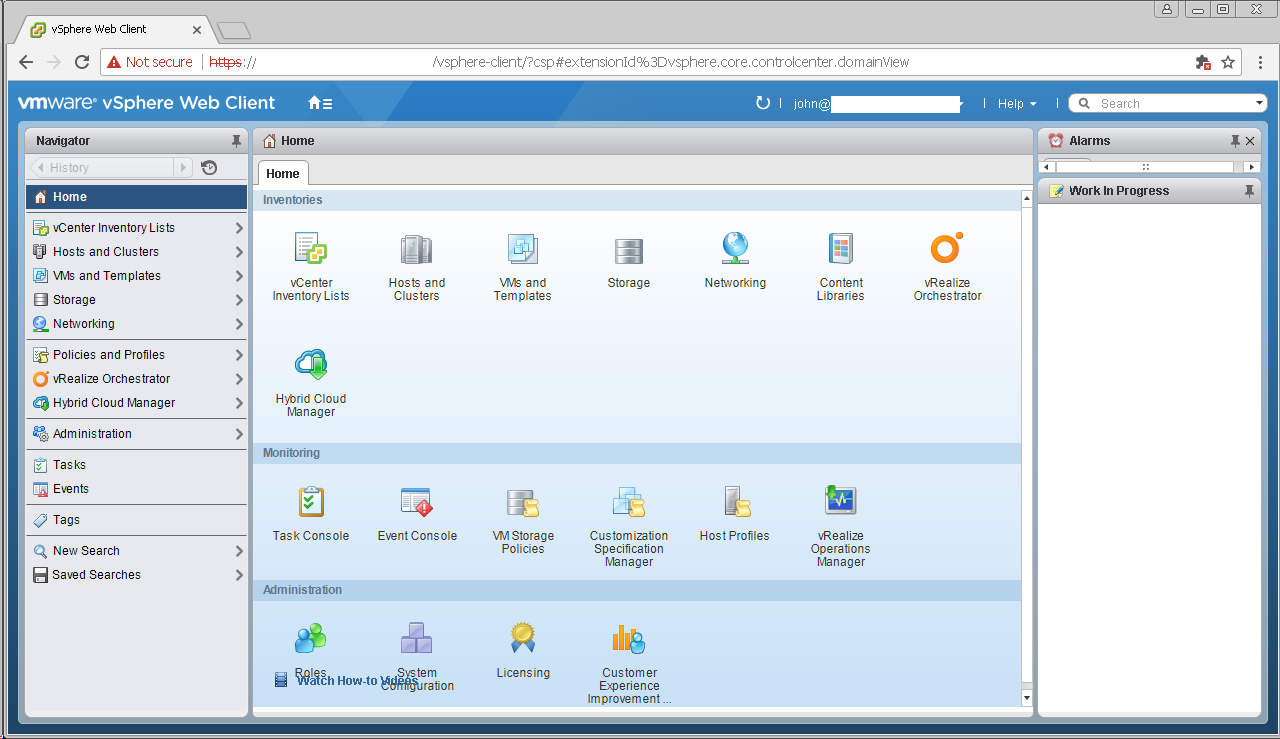

These other options focus on some specific details on the storage level. I have captured a list of the other options that are available in the image below.

There are still a number of other reports available in these storage reports, though I will not put you through the pain of explaining each one. Other Reports Available on vSphere Web Client It also shows a count of number of disks per VM, which might be helpful in some circumstances. The virtual machine view shows a listing of VMs, space used, and snapshot details. By now you are seeing the pattern here, so the report views can be switched so that you can choose how you want to view information. Snapshot space – View how much capacity is used by snapshots on the given datastore.įor the last example, the storage report has been switched to a virtual machine based view on the storage.Space details – View details on total space, free space, and space used.Multipathing status – Are there any issues or warnings with the storage paths?.File system – Easily figure out whether the datastore is block (VMFS), NAS (NFS), or VSAN.Datastore Cluster – Does the datastore belong to a datastore cluster?.Datastore list – A simple inventory list of all datastores in your vCenter.From this view, I can look at details like the following list. This allows me to look at information on a per datastore for a different view of the environment. In this next example I have switched my report from a host-based view to a datastore-based view. These are some helpful stats that could be useful in many different reporting or troubleshooting scenarios. How many datastores are connected to each host.


In recent posts I’ve covered the vCenter server appliance and the vSphere Web Client.


 0 kommentar(er)
0 kommentar(er)
